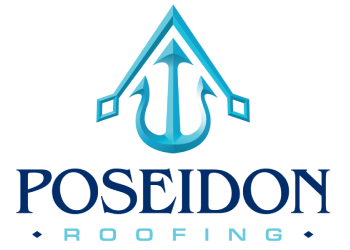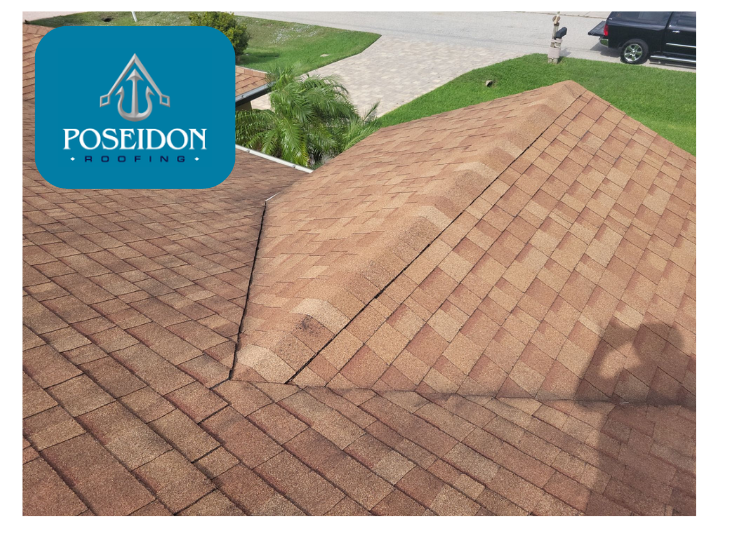Introduction:
Ensuring the durability of your roof requires a proactive approach. In this blog post, we delve into the importance of periodic inspections and waterproofing processes, highlighting how Poseidon Roofing can be your partner in maintaining a sturdy roof.
1. The Significance of Periodic Roof Inspections
Periodic roof inspections are crucial for identifying potential issues before they escalate. Schedule regular inspections to catch problems early and avoid costly repairs down the line.
2. Importance of Waterproofing Processes
Waterproofing is a key factor in preventing long-term problems. It safeguards your roof from water damage, leaks, and mold growth. Poseidon Roofing employs effective waterproofing processes to enhance the resilience of your roof.
3. Poseidon Roofing: Your Trusted Residential Roofing Services
Poseidon Roofing stands out as a reliable provider of residential roofing services. From inspections to waterproofing, our team is dedicated to ensuring the longevity of your roof. Visit Poseidon Roofing for comprehensive solutions.
Conclusion:
Don’t wait for roof problems to arise – take a proactive stance with periodic inspections and waterproofing. Poseidon Roofing offers the expertise you need to maintain a durable roof. Your roof deserves the best care for long-lasting protection.

